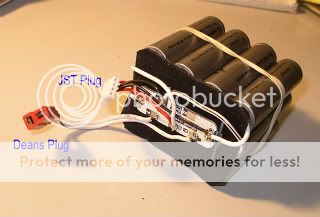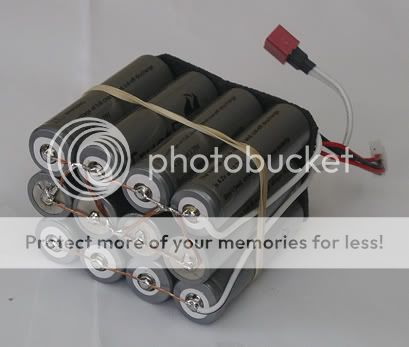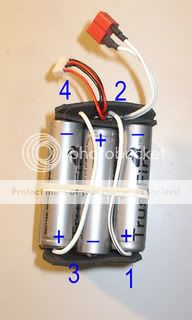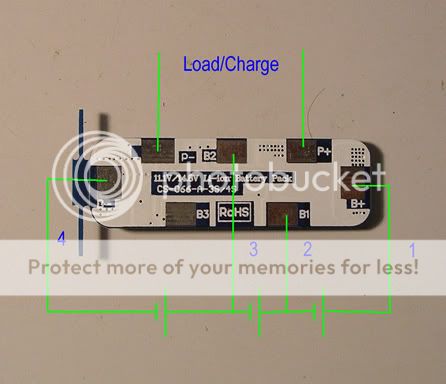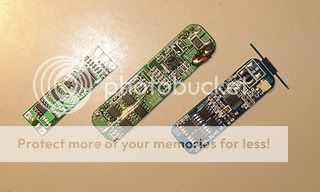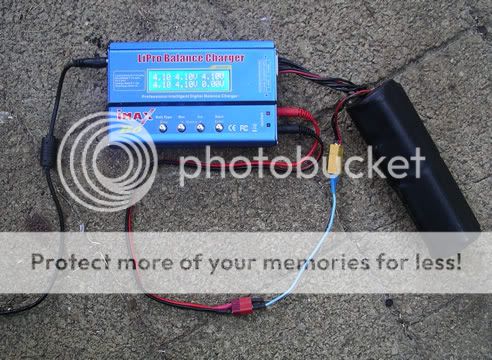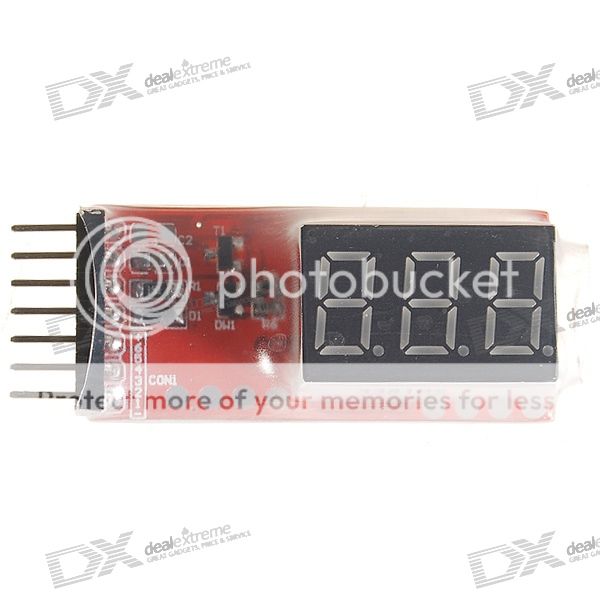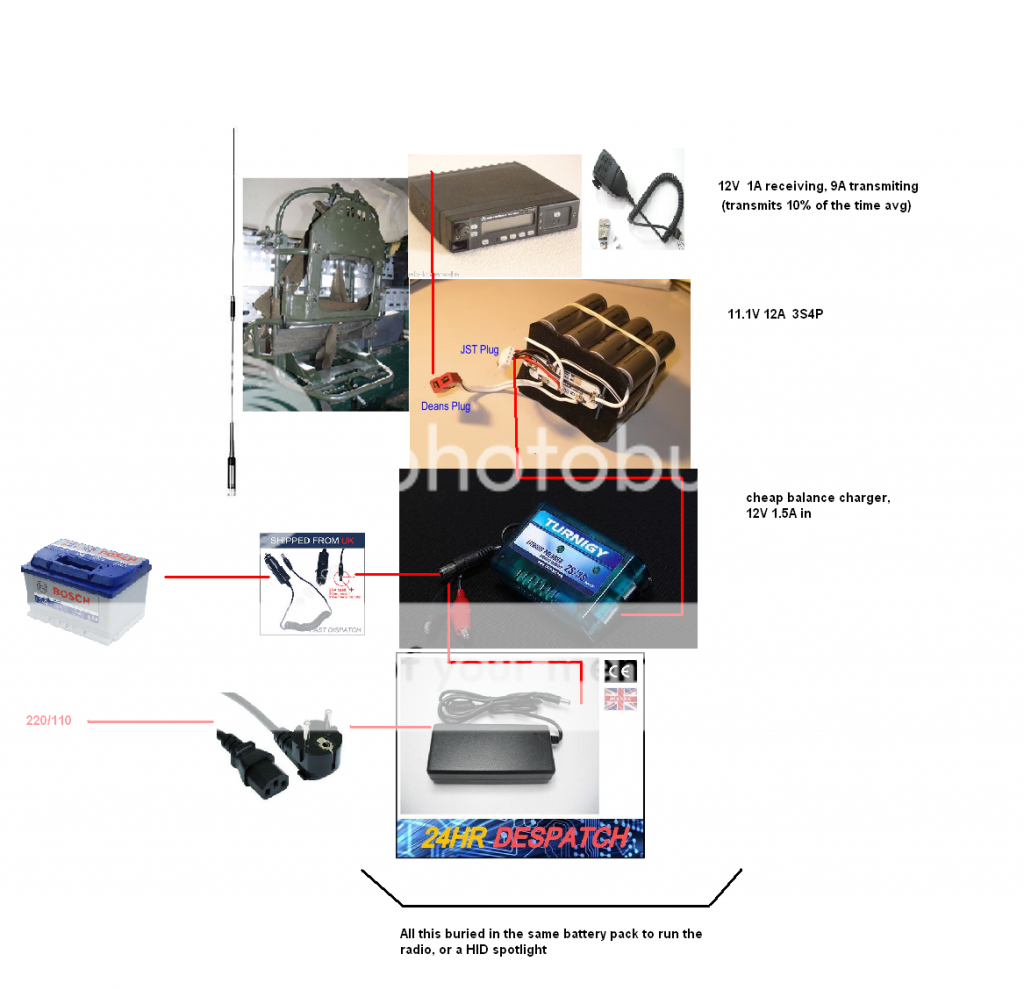No, you don't need a protection circuit (PCB) if you can monitor the battery and control the power going in and out in some other way. Lithiums are fragile in the sense that they will be permanently damaged if you exceed their specifications. For example if you let any cell deplete below 2.5V, or if you charge a cell beyond its capacity (4.15V). An unbalanced and unprotected pack being charged by a universal charger is a recipe for damage as the charger monitors the overall voltage only, not individual cells.
If you have a pack with a JST plug with leads connected to each cell and use a smart charger then you can monitor individual cells when charging and use the balance function to maintain peak performance. In this case and using a torch driver that controls the current draw and monitors the voltage with a cut out function (like Taskled's drivers), or if you simply use the pack in one torch only and monitor the time/use carefully then you can get away without using a PCB.
Not all Li-ion batteries have a PCB inside them and it is often impossible to tell in a website photograph beyond testing them or reading the specs or reviews (if it's not clear in the specs). If you join cells together to make a pack you don't want batteries that are already individually protected and that is why some cells are for sale without them. A pack with individually protected cells will interfere with the packs main PCB. You only want/need one PCB that monitors the cells individually and determines power in and out at the combined voltage.
Here are a couple of examples where I don't use a PCB;
A 5-cell 42W torch, because I could not find a PCB small enough to go into the battery compartment. In this case I trust the driver to monitor the battery when in use and is programmed to cut off at 15V (5*3V). When charging I use a smart-charger on balance mode. The battery has a JST plug connecting all cells individually for balancing. The battery is used for no other purpose.
A 4-cell 75W HID, because I could not find a PCB that allowed a 9A+ current draw in the time I was building it. I use it for single night dives of under 60minutes only. If left on for too long the battery will be permanently damaged and by that I mean the HID will go out and won't be able to be recharged. The battery has a white JST plug connecting all cells individually for balance charging, and a red Deans plug for quick charging and is also used as the switch to power the toggle circuit. The battery is used for no other purpose.
Yes, I know, it needs a coat of paint!
So yes, you don't need a PCB if you are mindful of what is going on, know when to turn it off and have some way of individually charging each cell.
Newer model PCB's/PCM's include balancing functions. The PCB's in my earlier post photo's do not.
You can connect your chargers to whatever power source within the range of voltages and current draw your charger requires. Some will accept 12V DC (car batteries).
Picture of a smart charger with a 5-cell battery used in the top torch. Note the two plugs; a yellow XT60 plug for normal charging and power draw (2 terminals + and -), and the white JST plug with a lead connected to each cell, so the charger can monitor and balance. Unprotected batteries in a pack with no PCB/PCM.


